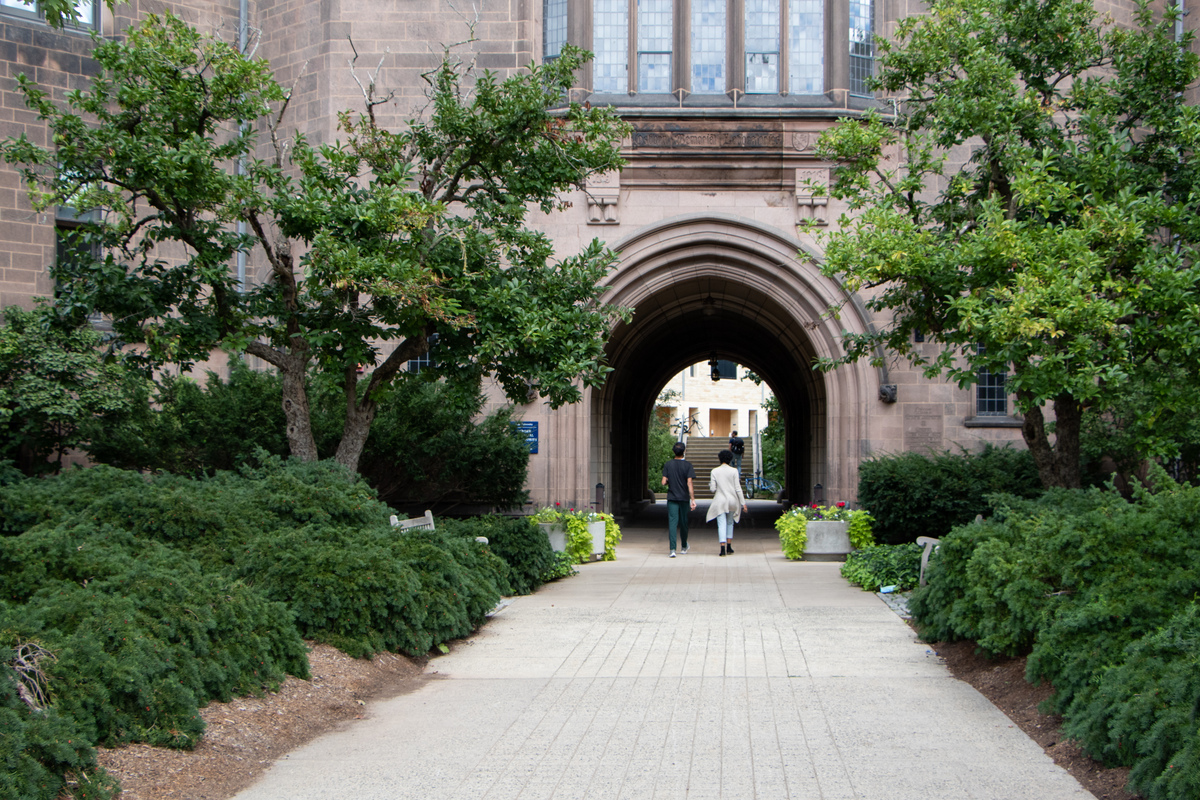Yale E&EB graduate student awarded NASA grant
Along with collaborators, Diego Ellis Soto studies the effects of extreme events on wildlife.

Zoe Berg, Senior Photographer
Last semester, Diego Ellis Soto GRD ’24 was awarded a NASA grant to look at the effects of the COVID-19 pandemic on wildlife.
NASA’s Future Investigators in NASA Earth and Space Science and Technology, or FINESST, grant allows NASA to identify future leaders in varying fields, such as earth and planetary science. On his third time applying, Soto — a fifth year doctoral student at the Jetz Lab in Yale’s Department of Ecology and Evolutionary Biology — received the grant for his research in Earth science.
“The pandemic became a once in a lifetime experiment under the most tragic of circumstances,” Soto said.
Along with collaborators Scott Yanco, a postdoctoral student at the Jetz Lab, and Ruth Oliver, an assistant professor at the University of California, Santa Barbara, Soto attempted to understand how such drastic changes in human behavior affect animals in various ways. Researchers understand that developed landscapes alter animal movement, explained Yanco, but are just beginning to fully understand the specifics.
Furthermore, such studies could have important implications for understanding how vulnerable species will be affected by climate change. According to Soto, understanding how animals respond to extreme events can provide insight into how they will respond to climate change and how humans should change their behaviors to protect the surrounding ecosystems.
For example, understanding how species react to events such as a heat wave — an occurrence that will become more common in many climates — will allow scientists to understand what habitats need to be protected to preserve biodiversity.
“We are part of an ecological system, even though we don’t always think that way,” Yanco said. “Our food systems, our health and well-being, our clean water, our breathable air — are all dependent on natural ecosystems.”
Yanco mentioned that he is excited to be able to look at different typologies of responses to understand how different species respond in different ways. The vast amount of new data on wildlife habits and behaviors can provide researchers with much more precise information on animals’ responses to radical events such as the COVID-19 pandemic.
“We still don’t fully understand how wildlife navigate an increasingly human-dominated world,” Oliver said. “Our goal is to understand the specific mechanisms of how wildlife cope with various human activities, so that we can make predictions about how they will fare in the future and make decisions that support the wellbeing of humans and wildlife.”
Being able to predict biodiversity on short timescales is crucial to society’s well-being, Soto said, citing the necessity of understanding where disease-carrying desert locusts will be weeks or months in advance — rather than knowing their patterns on the timescale of dozens of years — to predict disease outbursts in certain locations.
The group is also taking advantage of new emerging technologies including tracking animals with precise resolution and connecting these observations to satellite-based observations of the environment. Moreover, the group is looking into developing new methods on how to combine big data sets on biodiversity with satellite information and information on humans such as commute times and light exposure, according to Soto.
“The climate crisis and the biodiversity crisis are all part of one problem,” Soto said. “It’s all related.”
The FINESST grant offered by NASA is intended for graduate students to perform research in topics including Earth science, planetary science, astrophysics, heliophysics and biological or physical science.







